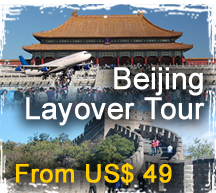Beijing Hutong Tours
Hutong( narrow alleys ):1. Hutong's Origin:
The word "hutong" is Mongolian in origin, meaning a "water well". In the old time with the digging of new wells, came the new communities. Later it was referred to as narrow streets or lanes formed by quadrangles. The word " hutong" with the meaning of narrow lanes was formed during the Yuan Dynasty in the 13th century when the Mongols, led by Genghis Khan, occupied Beijing, then the capital of the Jin Dynasty. In 1260 Kubla Khan, grandson of Genghis Khan, established the Yuan Dynasty. Kubla Khan chosed Beijing as his capital. During the takeover by the Mongols, the old city had been largely demolished, and so he decided to rebuild the city. When the new city was finished, there were clear definitions of streets, lanes and hutongs. A 36 metre wide road was called a "big street". An 18 metre wide one a "small street", and a 9 metre wide lane was called a "hutong". Surrounding the Imperial Palace, hutongs were established throughout the Yuan (1206-1341), Ming (1368-1644) and Qing (1644-1911) Dynasties. Most of the hutongs we see today were built during the Ming and Qinq. You only still find a very few hutongs preserved from the Yuan Dynasty.
2. Hutong's names:
Like streets, hutongs have their names. Some have had only one name since their establishment and others have had a few names throughout their history. Beijing was once a consumer city. A lot of hutong names are linked to the names of food. Some are connected to the names of the places, the temples, daily necessities, trades, light industry, plants, people's names and even government's organs.
Food names, such as Miancha Hutong ( noodle and tea )
Temples, Baoguosi Hutong ( Baoguo Temple )
Daily necessities, Caomao Hutong ( straw hat )
Place names, as Inner Xizhimen Hutong
Plants, such as Liushu Hutong (Liushu means willow)
Light industry, as Damuchang Hutong ( big wood factory )
People's names, as Songguniang Hutong ( Ms Liu )
Government organs, as Jingcha Hutong ( Police Bureau )
3. Hutong Development:
When the new city of Yuan Dynasty was established, it is recorded that there were about 390 roads formed by the rows of quadrangles. Some of were called streets and lanes, and some "hutongs". There wre over 900 hutongs were listed in Qing Dynasty. The records increased to 1,330 by 1949. Now many of the old hutongs have been turned down and replaced by the high buildings and wide roads of today’s Beijing. Many citizens have to leave the narrow lanes where their families have lived there for generations, and residing in apartment buildings with modern facilities. However,some of Beijing’s ancient hutongs still survive, due to the local government's protection policy and people's request. Many have been listed as protected areas. So these ancient neighborhoods today provide a glimpse of the real life in the capital city as it has been for generations. Many hutongs are being restored and renovated.In Beijing, there are mainly two hutong areas well preserved - Shichahai area in Dongcheng District and Qianmen area in Xuanwu District. The hutongs in the area of the Bell Tower and Shichahai Lake are especially well preserved whch attract lots of tourists who travel the hutongs by pedicabs.
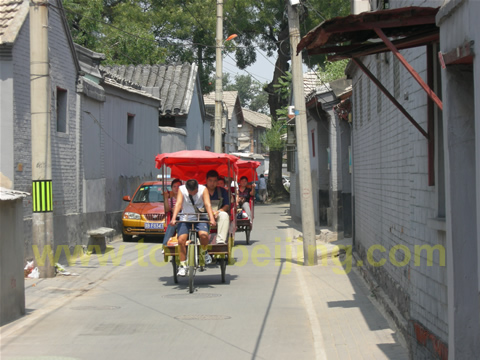
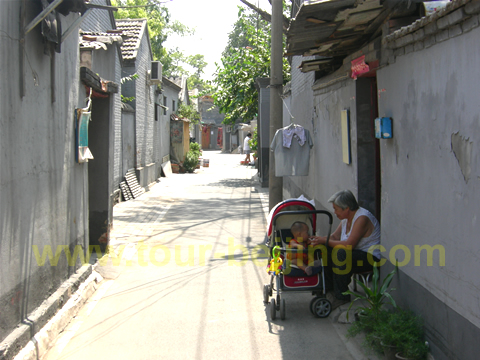
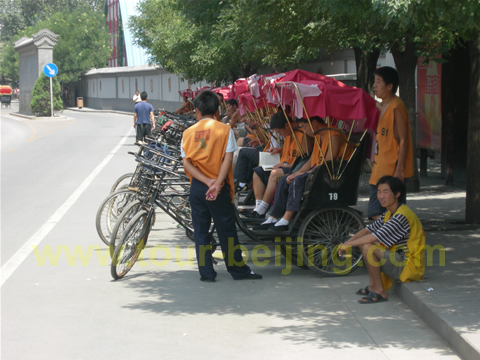
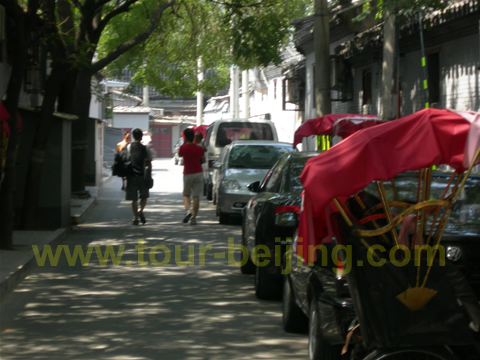
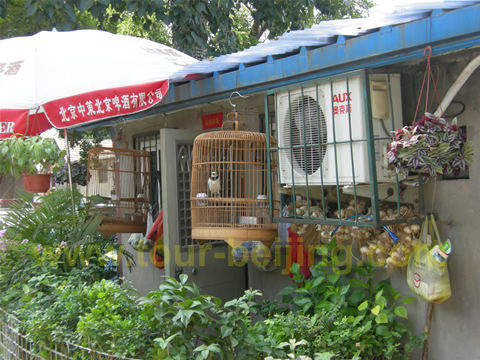
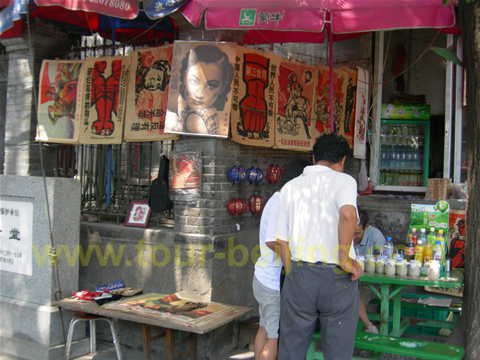
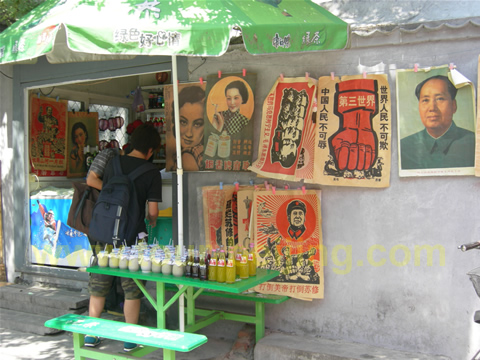
Questions & Answers:

